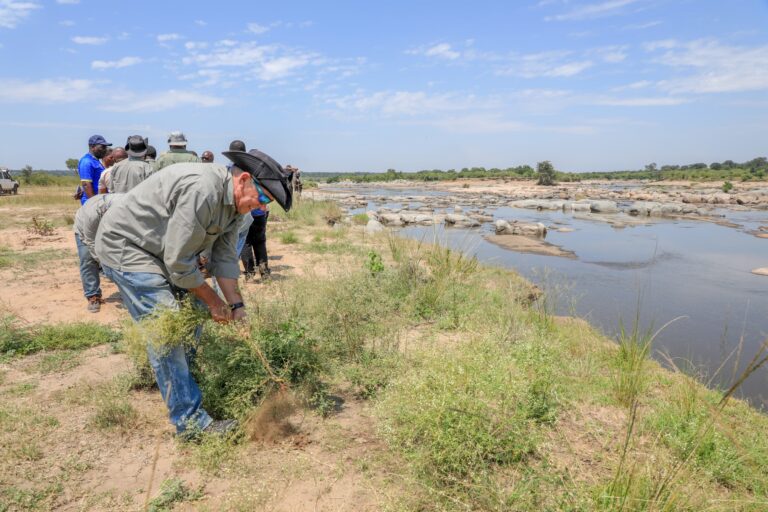Serengeti. A team of invasive plant researchers from Cuba has joined ecologists from the Ministry of Natural Resources and Tourism in assessing the growing threat posed by invasive plant species in Serengeti National Park.
The study aims to identify long-term solutions to protect grazing areas crucial for the park’s wildlife.
Speaking during the visit, Senior Assistant Conservation Commissioner and Head of Serengeti National Park, Stephano Msumi, acknowledged the severity of the issue, noting that invasive species were increasingly encroaching on grazing land.
He welcomed the collaboration between Cuban experts and local researchers, expressing hope that their findings would lead to sustainable solutions.
“The Serengeti is one of the country’s most significant national parks, contributing substantially to the national economy through wildlife tourism. Efforts to safeguard grazing areas and maintain ecological balance are critical to ensuring its continued contribution,” he said.
Msumi added that while conservationists in the park have been implementing measures to combat invasive species, results have so far been limited.
He expressed optimism that the expertise brought by the Cuban researchers would help refine existing strategies and improve ecological restoration efforts.
A Cuban expert in native plant identification, Dr Ramona Oviedo Prieto, said it was important to protect the banks of the Mara River, which runs through the park.
She urged local ecologists to restore native vegetation along the riverbanks to prevent further degradation caused by invasive species.
During their fieldwork, the research team visited Seronera, Ikoma, the Mara River, and Machochwe, where they observed the spread of invasive plants such as Parthenium hysterophorus (commonly known as carrot weed), Chromolaena odorata, and Opuntia species.
The presence of these plants, known for their rapid spread and suppression of native vegetation, poses a growing challenge to the park’s ecosystem.
The findings from the visit are expected to inform future conservation strategies aimed at controlling invasive plants and preserving the Serengeti’s ecological integrity.







